 Open wechat
Open wechatWith the popularization of dental knowledge and the improvement of living standards, more and more people come to oral institutions for orthodontics to correct their problems such as uneven dentition, buckteeth and excessive gap between teeth, so as to harvest a healthy tooth and reshape their beauty and self-confidence~
At present, orthodontic technology is becoming more and more mature, and there are many types of orthodontic treatment, which vary from person to person. So what do you know when you wear braces? Let's find out
1、 Wearing braces doesn't hurt as much as you think
Although "whether it hurts or not depends on the individual", most of the feedback received by Xiaoyue is that "wearing invisible braces doesn't seem to have the imagined pain", which has reached a high degree of unity in the matter of pain
First of all, why doesn't wearing braces hurt so much?
In orthodontic treatment, the force transmission process is:
The orthodontic force acts on the teeth, and the teeth transmit the force to the periodontal ligament, which distributes the force to the alveolar bone. The alveolar bone undergoes tissue remodeling and tooth movement. The speed of tooth movement is closely related to the type and size of orthodontic force.
It's impossible for us to say that wearing braces doesn't hurt at all. If the force is too small or the time is too short to cause an obvious response of periodontal tissue, the teeth can't move well, which is equivalent to wearing a lonely
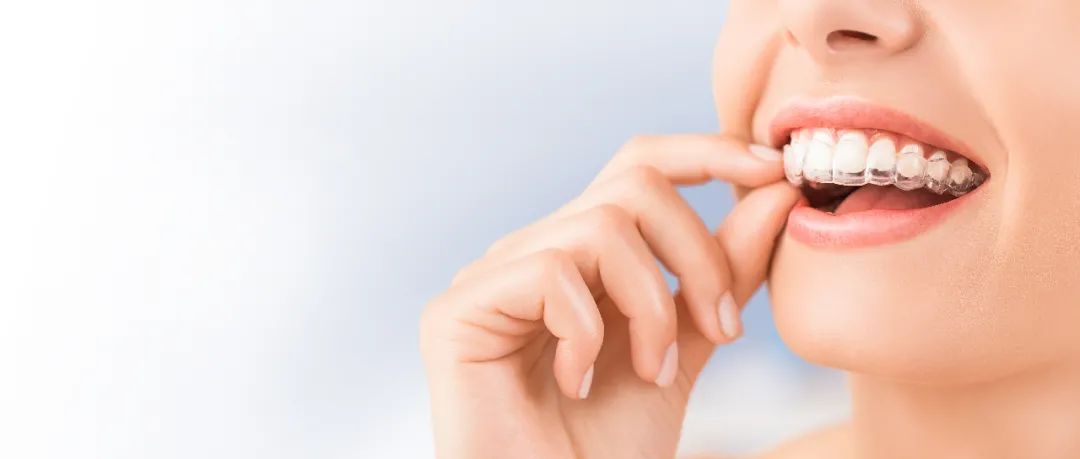
Secondly, scientific correction should be mild and lasting.
The strength of the orthodontic force does not exceed the capillary pressure (i.e. 20-26g / cm2). This strength can complete the displacement of teeth without damaging the tissue. This is also the power we feel.
Moreover, pain and pressure do not equal the correction effect
Many babies who just wear braces judge the effect of Orthodontics from whether the teeth are oppressed by braces. Some babies think that the stronger the sense of oppression is, the more effective orthodontics is.
This is actually a wrong way of judgment, because invisible orthodontics is a step-by-step process, and it is also a light force correction technique. It will cause a sense of pressure due to force application, but the sense of pressure is not equal to the feeling of pain, and the feeling of pain cannot be directly equated with the correction effect. If this judgment is correct, the pain caused by wearing an inappropriate braces is not stronger.
Don't you have to pull out the second whole tooth
Bony mouth process, uneven teeth, buckteeth If you want to solve these problems, you don't have to pull out your teeth! Whether to extract teeth or not mainly depends on the etiology and the patient's main complaint.
So what is the method to recover the mouth protrusion or align the teeth without tooth extraction?
In general, there are three options:
1. Slice cutting
Slice cutting, clinically known as adjacent enamel removal, is to grind some teeth longitudinally. This kind of tooth grinding operation actually has strict indications.
If the patient's teeth are in the state of young permanent teeth, that is, in adolescence, then we should carefully slice them; Orthodontists found that the patient had a large number of adjacent caries, which should be carefully sliced.
There is also a certain amount of tooth slice cutting. Generally speaking, the sum of an adjacent surface can not exceed 0.5 mm. Therefore, the space available for slice cutting is actually very, very limited and strictly limited.
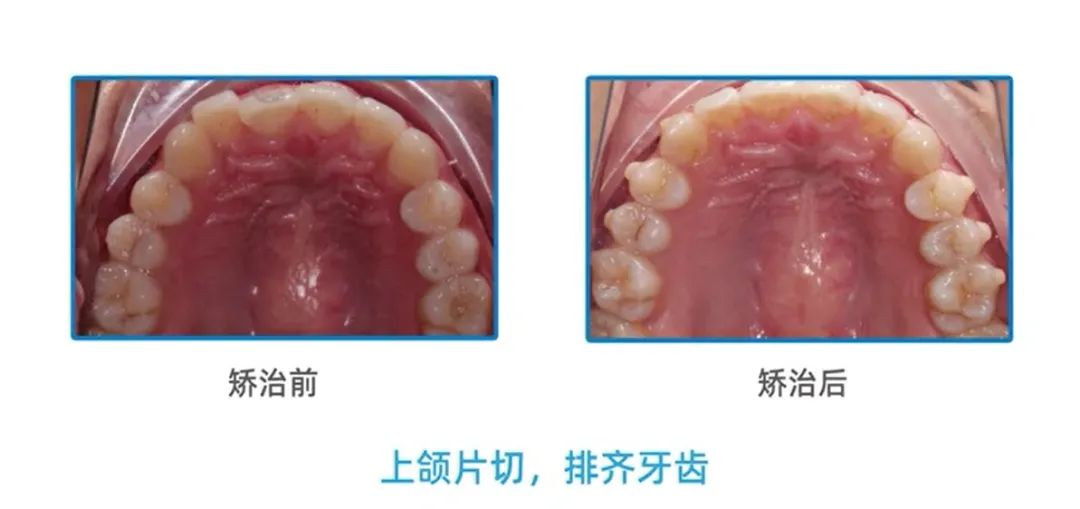
2. Pantograph expansion
Arch expansion is also very commonly used in clinic, but its indications should also be strictly controlled, because arch expansion is only applicable to patients with dental arch stenosis. If the patient's dental arch itself is relatively wide, or the bone volume of the buccal bone plate is not enough and the bone plate is relatively thin, try to avoid expanding the arch at this time. In this case, the pantograph expansion not only can not bring beauty, but also may bring danger.
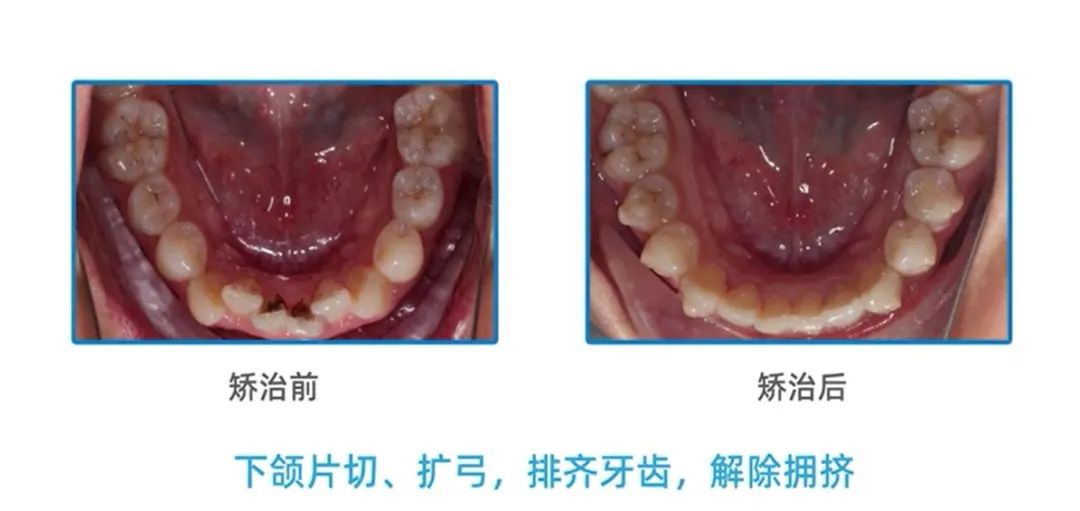
3. Push the grinding teeth to the far center
The third is to push the molar to the far center. When we make this plan, we must measure whether there is enough space in the far center of the molar, that is, the posterior segment of the molar. This sufficient space needs to be measured by taking an X-ray. After all, the space of the posterior molar segment of each patient is different.
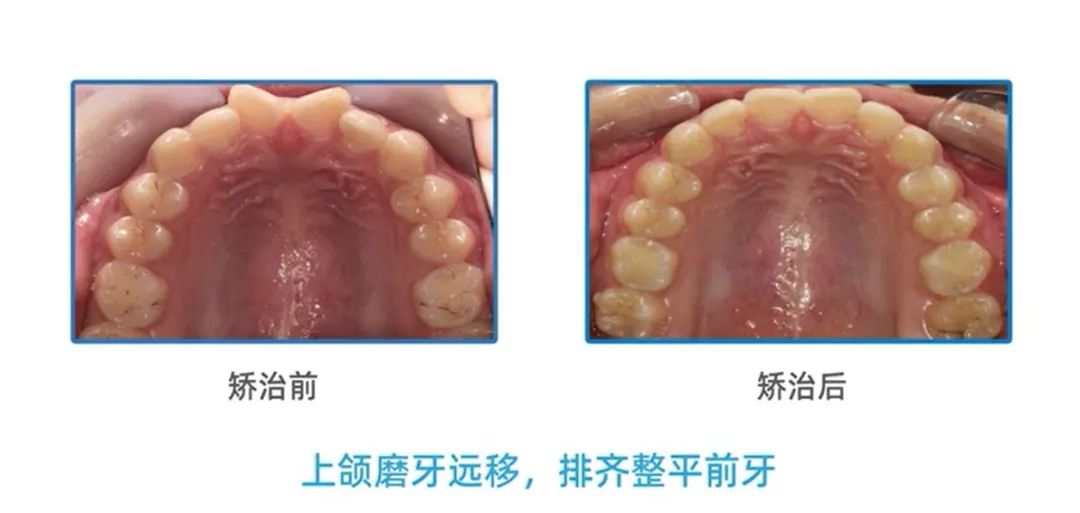
3、 Bone nailing is not that terrible
Bone nail, also known as anchorage nail, is a special micro bone nail made of pure titanium or medical grade stainless steel.
Anchorage nail is one of the most revolutionary breakthroughs in orthodontic treatment in recent years. Its function is to resist the reaction force of orthodontic force and keep the teeth that should not be moved in situ, which greatly improves the effect and efficiency of orthodontic treatment.
Anchorage nail implantation has become an indispensable artifact for high-level orthodontic treatment because of its safety, short time, low risk, low cost and less discomfort.
What kind of teeth need bone nails?
1. Need to retract anterior teeth: for example, patients with buckteeth, especially patients with bony protrusion, we need a large number of retracted anterior teeth in the correction process, and bone nails can retract the protruding anterior teeth;
2. Need to move the posterior teeth forward: some patients have a good mouth shape, but there is a large missing tooth space, and the posterior teeth need to move forward to close the space;
3 need to lower the anterior teeth
1. Patients with gingival laughter need to use bone nails to lower the upper anterior teeth and shorten the gingival height;
2. Patients with deep overburden can use bone nails to reduce the degree of deep overburden;
4 need to lower the posterior teeth: it is often seen in the gingival smile of the posterior teeth, or in the excessive elongation of the teeth corresponding to the missing teeth, so as to provide space for the seed teeth;
5 erect individual teeth: erect the lying teeth.
4、 Be sure to wear a retainer!
Maintenance is a key step to determine whether the effect of orthodontic treatment can be maintained for a long time. In particular, after the orthodontic treatment, the teeth have not fully stood firmly in the new position. Its own mobility and memory, the surrounding conditions of the teeth and other factors may cause the displacement of the teeth and lead to recurrence; Wearing a retainer can help keep the teeth in position and minimize the possibility of recurrence.
Many little friends have heard the saying that "you have to wear a retainer for a lifetime after adjusting your teeth".
Don't be frightened by this sentence. Keep ≠ 007 for life and wear the retainer every day.
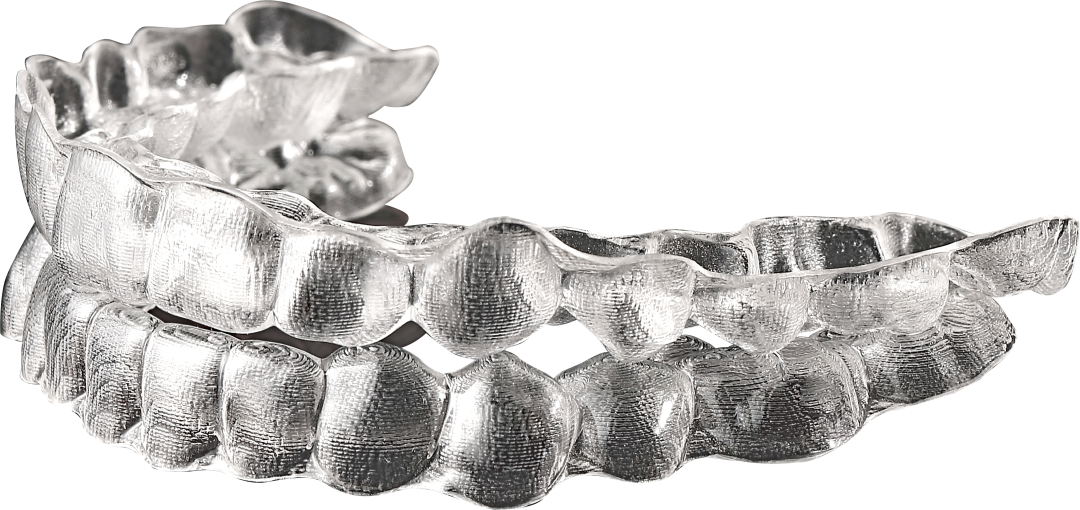
It is generally recommended that patients wear it every day in the first year after correction, and only take it off when eating and brushing their teeth; Wear it every night in the second year; The wearing condition in the later stage depends on the actual situation of the patient's teeth. You don't need to wear it every night. You can wear it at night several times a week.

